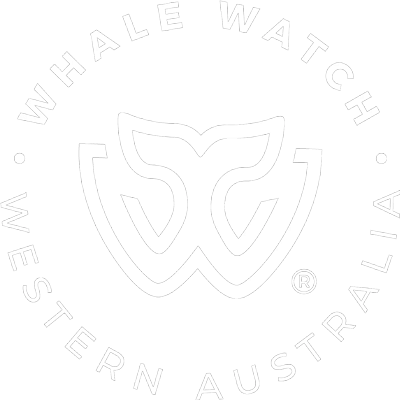Facts about the Bremer Whale Killer Whales
Learn all about this unique and wonderful experience with your trusted cetacean researchers, Whale Watch Western Australia.
Where do the Bremer Bay Killer Whales hunt?
Just 20 nautical mile (37klms) from the Bremer Bay Boat Harbour is the Continental Shelf along which the Bremer Bay Killer Whales hunt & forage for food. There is a concentration of the hunt called the ‘Patch’ which is a 5 sqnm area that is the favoured spot of the Orcas where many successful hunts have been witnessed.
Why do the Killer Whales come to Bremer Bay?
The population of Killer Whales who come to Bremer Bay gather during the months of January to April every year to feed. A reliable food source of squid and Beaked Whale can be found for these apex predators during the summer months.
Where are the feeding grounds located?
The Killer Whales of Bremer Bay have a preferred maximum dive depth of 900 meters. The actual sighting grounds and where we find the Orca 98% of the time is located right next to the edge of the continental shelf in a depth range of 700-1200 meters. The deep sea canyons that can be found close by include Bremer Canyon, Henry Canyon, Hood Canyon and Knob Canyon. The Orca can also venture to the head of these canyons to forage but the depth range begins to increase towards 2-3 kilometres which is outside of the preferred dive range and puts more pressure on the Orca when hunting and increasing preys opportunities to evade the Killer Whales into deeper water.
What do the Killer Whales eat?
The Killer Whales of Bremer Bay have a diet that consists predominately of squid and when the opportunity arises, Beaked Whale. Every Killer Whale population around the world will have preferred food preferences and hunting tactics that are passed down from one generation to the next. The Bremer Bay Killer Whales also appear to target other whale species including Blue Whales and may opportunistically target Humpbacks and Southern Rights during the winter and spring, although confirmation of these hunts have not yet been recorded.
How far out do you have to go to see the Killer Whales?
The Bremer Bay Killer Whales, like most marine animals and sealife work along the Continental Shelf, this is located just 20 nautical mile (37 kms) from the Bremer Bay harbour. Transit time in our vessel is an hour or less depending upon sea conditions.
Can you still see land from the patch?
Yes you can, on most days the coastal fringe is in clear view. (see images below)
How long are the tours?
The tours are approximately 7-8 hours in duration and we ensure our time with the Orca is efficient. Our journey to the Patch takes approximately 1 hour and the Killer Whales are regularly sighted within minutes of our arrival. Having the ability to reach the Patch quickly ensures we are able to spend quality time with the Orca and our priority during the tours is to observe behaviour and not influence behaviour. We aim to spend approximately 4-5 hours with the Orca and if the opportunity arises spend time with different family pods. Operating in this way enables our time with the Orca to be efficient and ensure we are not becoming an adverse influence by spending too long with the Killer Whales as they hunt, socialise and rest in their home waters.
Are sightings guaranteed?
We have a 100% lifetime guarantee in place for our Killer Whale tours, should Killer Whales not be sighted you are able to return with us free of charge at a time most suitable for you. This is the only genuine 100% sighting guarantee in place in Western Australia with no hidden costs or restrictions on the date of your return tour. The sighting rate for our tours is 98% and we operate only during the peak of the season (January to April) ensuring you have the highest percentage possible to sight the Killer Whales.
Do the Killer Whales come close to the boat?
Yes, the Killer Whales are very inquisitive and recognise the sound of our vessel and we do enjoy regular close interactions. It is important to remember that Killer Whales need a minimum of 50 meters ( 150m for Mother & Calf) to allow them control of the interaction and this is also required by law for the safety of the Killer Whales. Providing them with the space they need means the Killer Whales build a trust with us and are comfortable in approaching the vessel, at their own pace and as close as they feel comfortable on the day. We do not drive up on top of the Killer Whales, chase them, move aggressively/erratically around them or block their movement of travel to try and get as close as possible, this is illegal and completely disrespectful behaviour towards these intelligent individuals.
Do you attract the Killer Whales to your boat?
No, it is illegal to use sound or any behaviour to try and attract the Killer Whales towards vessels. Our tours revolve around observing behaviour and not influencing behaviour, ensuring the Killer Whales can go about their day as normal and we do not adversely affect their behaviours. It is a great privilege to sight Killer Whales in the wild and we must respect this privilege by ensuring we nurture and protect the areas Killer Whales call home and not adversely interfere with their lives. Whistling, shouting, yelling or banging on the side of boats to try and get the attention of the Killer Whales is not only a breach of operators licensing requirements but is influencing behaviour and not observing.
















